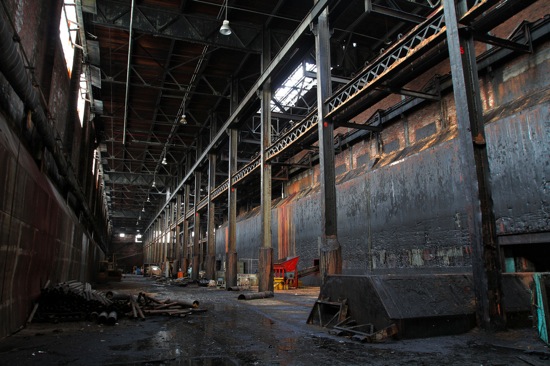The State Appellate Court has thrown out a lawsuit seeking to block the sale of the Domino Sugar factory, paving the way for the real estate firm Two Trees to close on a $180 million acquisition of the property later this month.
This is beginning to feel like Restler v. Olechowski…

